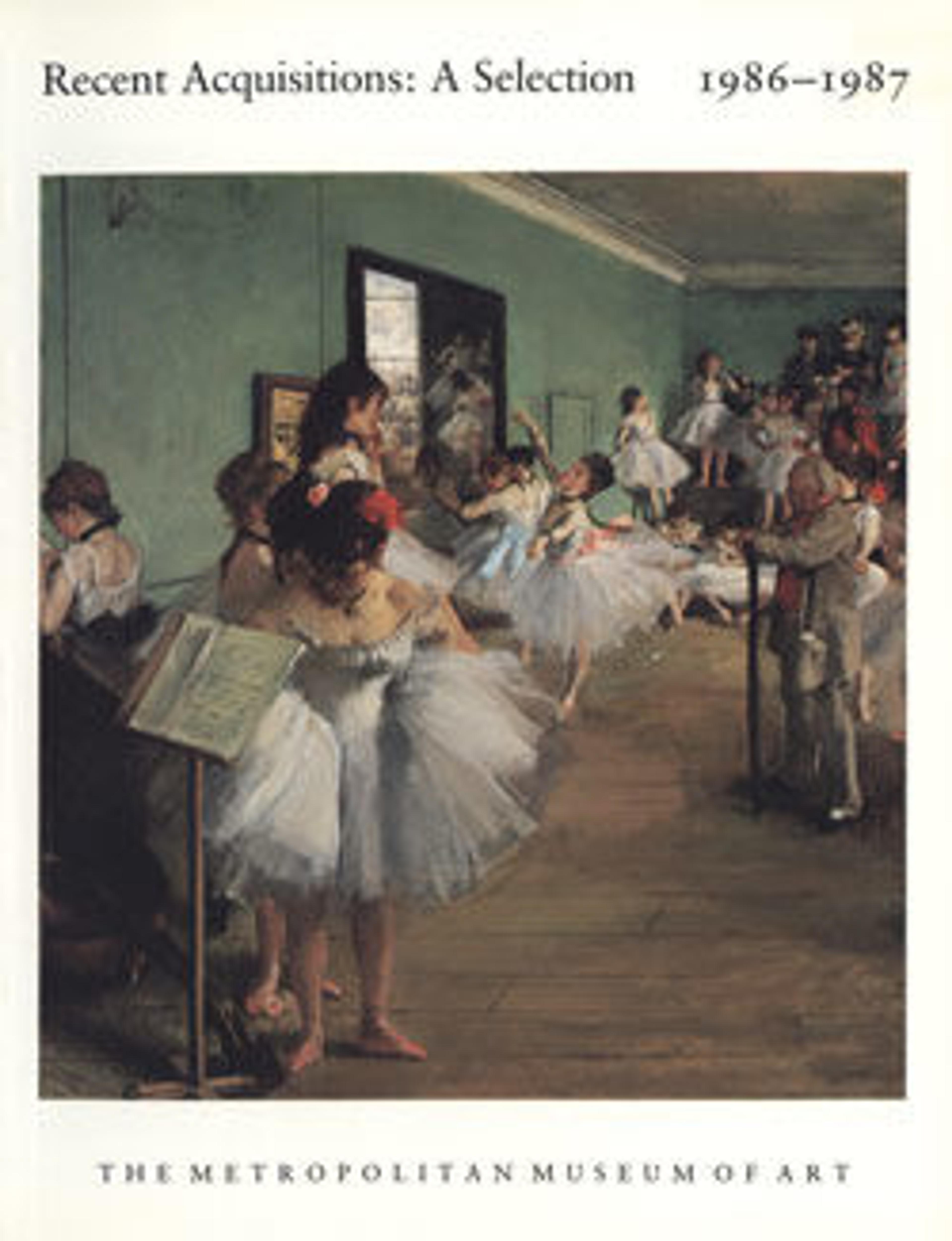Guitar
In 1913, Andrés Segovia went to Madrid to make his debut concert at the Ateneo theater. He visited the workshop of Manuel Ramírez with the intention to rent a superior instrument than the one he was using at the time. According to Segovia, when Manuel heard him play, he ordered his top workman Santos Hernández to "…bring the guitar we made for Manjon." Antonio Giménez Manjon was a blind 11 string Spanish guitarist who had considerable fame in those days, and had balked at paying Ramírez’ price for the 11 string guitar he had commissioned. The Ramírez shop headed by Santos Hernández then rebuilt that rejected instrument into the 6 string version by replacing the soundboard and bridge, and converting the tuning pegs to mechanical tuning machines. It was in this rebuilt form that the guitar was gifted to Segovia with the admonition that Segovia repay him by carrying the guitar around the world to display his art for all to appreciate. It is thought that Segovia played the instrument publicly for the first time at the Ateneo concert. In 1922 the guitar required significant repairs, so Segovia took it to the shop of Santos Hernández who restored the instrument and inserted his dated label indicating this. For nearly 25 years this instrument was the main performance and recording instrument used by Segovia at the beginning of his illustrious and long career. It was the instrument he used for his debut in the United States in 1929 at New York's Town Hall. In 1986 Segovia gifted this guitar along with his beloved 1937 Hauser to the Metropolitan Museum of Art and the City of New York in appreciation of the pivotal position New York City played in the success of his career. (Richard Bruné, 2022)
25 3/4" (654 mm) string length, spruce soundboard, Brazilian rosewood sides, back and bridge, Spanish cedar neck, ebony fretboard.
25 3/4" (654 mm) string length, spruce soundboard, Brazilian rosewood sides, back and bridge, Spanish cedar neck, ebony fretboard.
Artwork Details
- Title:Guitar
- Maker:Manuel Ramírez (Spanish, Alhama de Aragon, 1864–1916)
- Maker:Santos Hernández (Spanish, 1874–1943)
- Date:1912
- Geography:Madrid, Spain
- Culture:Spanish
- Medium:Spruce, rosewood, cedar, ebony, ivory or bone
- Dimensions:Height (Total): 38 in. (96.5 cm)
Width (At lower bouts): 14 1/2 (36.9 cm) - Classification:Chordophone-Lute-plucked-fretted
- Credit Line:Gift of Emilita Segovia, Marquessa of Salobreña, 1986
- Object Number:1986.353.2
- Curatorial Department: Musical Instruments
Audio
946. Kids: Guitar
0:00
0:00
We're sorry, the transcript for this audio track is not available at this time. Please email info@metmuseum.org to request a transcript for this track.
Listen to more about this artwork
More Artwork
Research Resources
The Met provides unparalleled resources for research and welcomes an international community of students and scholars. The Met's Open Access API is where creators and researchers can connect to the The Met collection. Open Access data and public domain images are available for unrestricted commercial and noncommercial use without permission or fee.
To request images under copyright and other restrictions, please use this Image Request form.
Feedback
We continue to research and examine historical and cultural context for objects in The Met collection. If you have comments or questions about this object record, please contact us using the form below. The Museum looks forward to receiving your comments.
